After we did the Egg Drop Challenge using Straws and Paper, we came up an idea for an Egg Drop Project design using paper only. The design principles is very similar, but it is a fun idea to add a more stricter limit on the design to make it a hard STEM challenge.
What is EGG Drop Design Challenge

Egg Drop challenge is a project-based STEM challenge that can be adapted to all ages, from elementary to high school. The basic idea is to design and build a container to hold a raw egg that can protect the egg from breaking when dropped from certain height. Through the project, students learn engineering design process, physics, material science, and if it is a team project, team work.
How to Adapt the Egg Drop Challenge to Different Grade Levels
The beauty of the egg drop project is no matter the age and skill level, students can learn and enjoy the project. Teacher can adjust the project difficulty level by setting different success criteria and design restrains.
For example, teachers can set limits on materials students can use. One year we set the materials allowed to straws and tape only. Last year we limited the materials to paper and straw. Teacher can also set design restrains on the total weight or the total cost of the materials each design uses.
Another easy parameter that can change the project difficulty level is the height at which to drop the egg. For a quick and easy project, kids can drop the egg at 3 feet. Depending on the students, teachers can define the height up to 20 feet or even higher. All our egg drop projects were performed at about 15 to 20 feet height level.
Success Egg Drop Project Design with Paper Only
This is an extension of the egg drop design with straw and paper. The idea came up when we were testing the last successful design with straw and paper. We asked ourselves: can we achieve this result without the straws? After some brain storm discussion, we find a way to replace the straws with paper: we made two straws with paper. Here is how:
With the regular print paper, cut two strips off the sheet as shown in the picture below. You want to cut about 1 inch for each. This makes the paper left from the sheet still big enough to make a funnel to hold the egg.
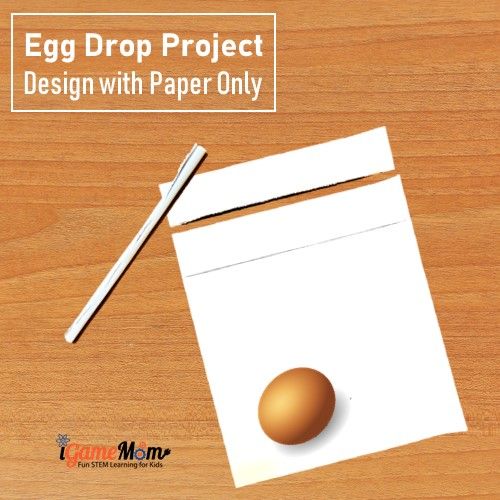
After you cut the paper, start rolling one of the strips of paper, starting from a corner of the paper. I found it easier if you roll the paper against a pencil first. Once you feel you can start rolling the paper into a tube, you can take the pencil out. Tighten the tube so the hollow middle is about the same size of a straw, or smaller. Tape the end to make sure it would not loosen up.
Once you make two paper straws, you can follow the rest of the design in the article where we explain the successful egg drop design with straw and paper step-by-step. In brief, you make a funnel with the paper to hold the egg, and you use the paper straws you just made to cross through the paper funnel on top of the egg to prevent the egg jump outside the funnel during the free fall.
To be successful, you do need pay attention to the shape of the funnel, the egg location in relation to the funnel tip, and position of the paper straws. All these design details are in the article we published earlier: Successful egg drop project design with straw and paper.
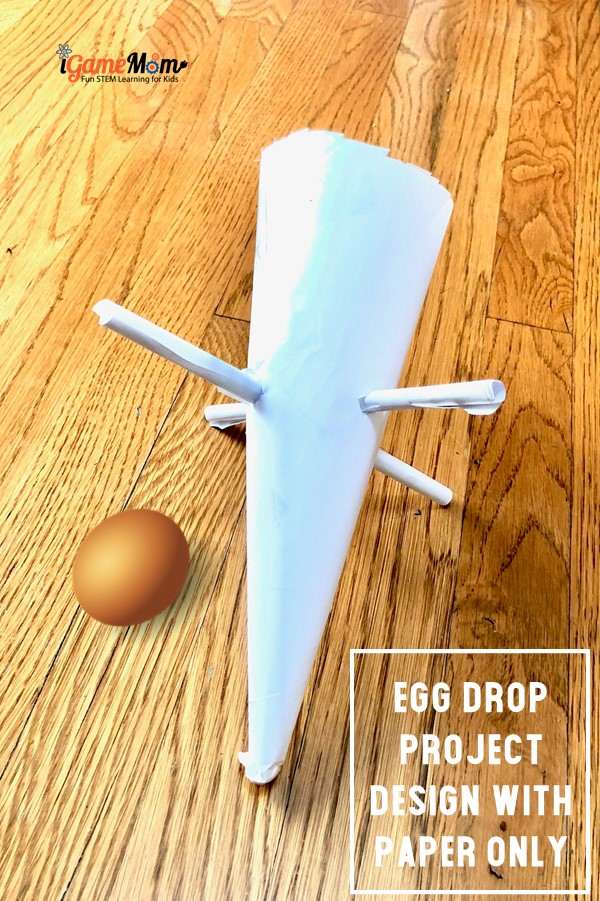
Do you have a different idea for a paper only design for egg drop challenge? We have another idea. Stay tuned.
For more Egg Drop Project Design Ideas, check out Winning Egg Drop Design with Straws and Successful Egg Drop Design with Straws and Paper.

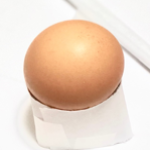


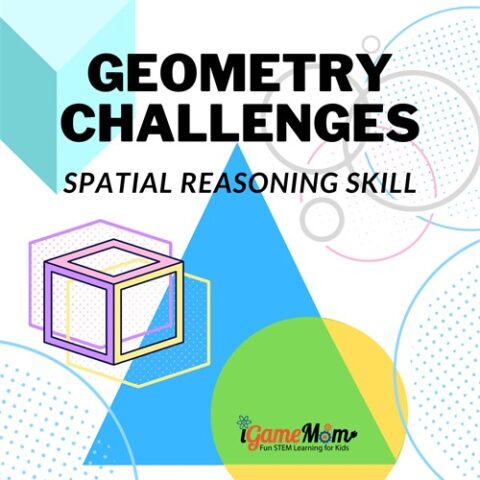
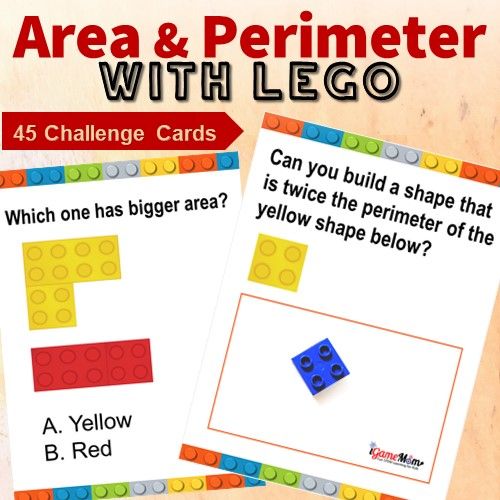

It didn’t work 😞
It didn’t work for us until we tried and failed, and adjusted the design many times. I encourage you to take time to think about changes that may enable your design to work. Sometimes, it is just the size of the cup, the length and location of the paper tube going through the paper funnel. Engineering a device takes a lot of trial and error.
Mommy wacked
i love it
you don’t no me but it works
wow
Egg drops were one of my favorite projects in school